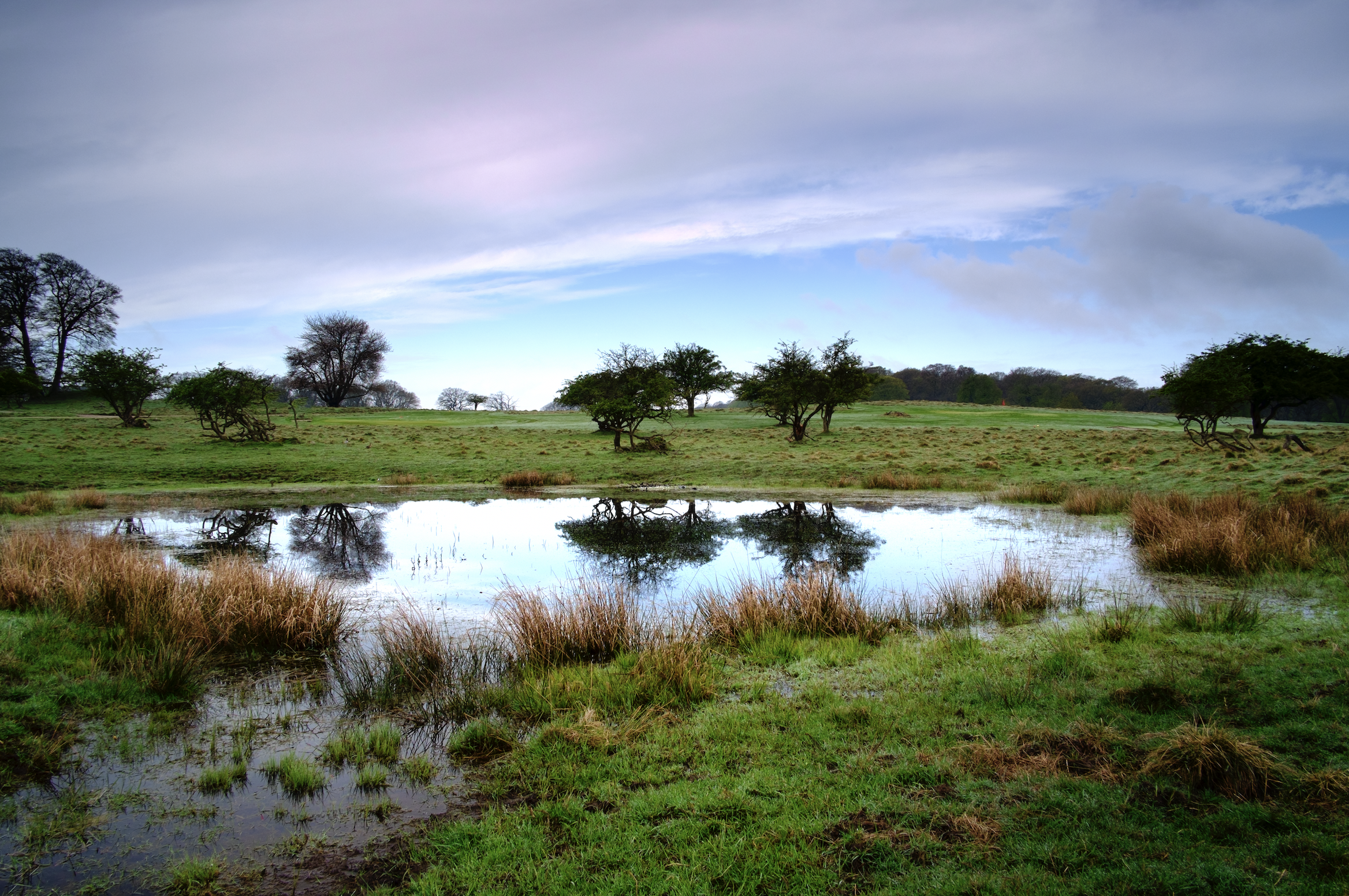(a guest post by first author Dr. Lars Iversen)
Plant growth is often a pivotal aspect of community change, biogeography, and ecosystem functions supported by plant communities. Thus, understanding limiting factors in plant growth is useful if we want to infer causality between the environment and species distributions or predict responses to future environmental change.
This is the goal of our paper just published in Science where we explore global responses to carbon limitations in aquatic plants. In contrast to their terrestrial ancestors, growth in aquatic plants is not limited by water-supply problems. However, life under the surface introduces a set of other problems unique for this specific environment. Inorganic carbon potentially limits photosynthesis in aquatic systems, because the diffusion of CO2 is 104-fold lower in water than in air. Consequently, the CO2 concentration needed to saturate photosynthesis is up to 12 times the air equilibrium concentration. Moreover, rapid photosynthesis can reduce CO2 in water substantially below air saturation. In response to frequent CO2 limitations, many aquatic plants have developed carbon concentrating mechanisms via the use of bicarbonate (HCO3 ). Bicarbonate availability is a product of catchment geology and geological history and largely decoupled from present day climate. Consequently, if carbon uptake strategies in aquatic plants are linked to bicarbonate concentrations it might present an environmental link contrasting plant growth in terrestrial plants.
In this study we used a range of data sources to document the global distribution of bicarbonate uptake in aquatic plants. Using photosynthesis trait information from ~130 species, representing ~10% of the known species pool, we were able to establish a global link between bicarbonate concentrations and bicarbonate uptake in aquatic plants. At a global scale, the proportion of study species utilizing bicarbonate increased with increasing bicarbonate concentrations (this correlation persisted when adjusting for climate differences between regions). However, at regional scales seemingly different factors could create this pattern. Using 967 northern hemisphere lakes and streams we showed that the global environment-trait relationship was habitat-dependent. In lakes, which often undergo CO2 limitations, bicarbonate use did increase with increasing bicarbonate and decreasing CO2 concentrations. In streams, the presence of the trait changed independently of bicarbonate, but decreased with CO2 concentrations. Together this suggest that a pure CO2 strategy is only maintained in environments with stable and high rates of CO2 available.
Altogether, we provide important inputs to a general model for plant growth and distributions in aquatic plant. Our results can explain the systematic change in lake ecosystems following acid rain in the northern hemisphere during the 1970s and 1980s and predict how these lakes will respond to the present days recalcification trends. Among terrestrial plants, the evolution of leaf traits and different photosynthetic pathways that enables rapid carbon assimilation and improved water economy has resulted in global biogeographical patterns that are linked to variations in climate. In contrast, for freshwater plants, we show that biogeographical patterns of bicarbonate-use exist and that these are caused by catchment properties that determine the concentration of bicarbonate and CO2. This insight will help evaluate the repercussions of future changes in concentration of bicarbonate and CO2 on the biodiversity and ecosystem function for fresh waters.
In aquatic environments, plants fight for light and carbon to maintain photosynthetic activity. Since CO2 is often limited in fresh waters, many species have developed alternative carbon resources. Many plants have partial terrestrial life forms, such as floating leaves or above water growth, and thereby have access to atmospheric CO2. Others, like these green Stoneworts, are able to use bicarbonate HCO3- as a carbon-source.

One of the main products of the study is a statistical derived map of local bicarbonate concentrations in aquatic environments. Aquatic plants ability to use bicarbonate as a carbon source are positively correlated with bicarbonate concentrations. The map shows some interesting patterns with low concentrations in major outwash zones (big river catchments and postglacial melt zones).

Two species of aquatic plants with contrasting carbon uptake strategies. To the left the obligate CO2 user Cabomba caroliniana and to the right the bicarbonate user Elodea nuttallii.


